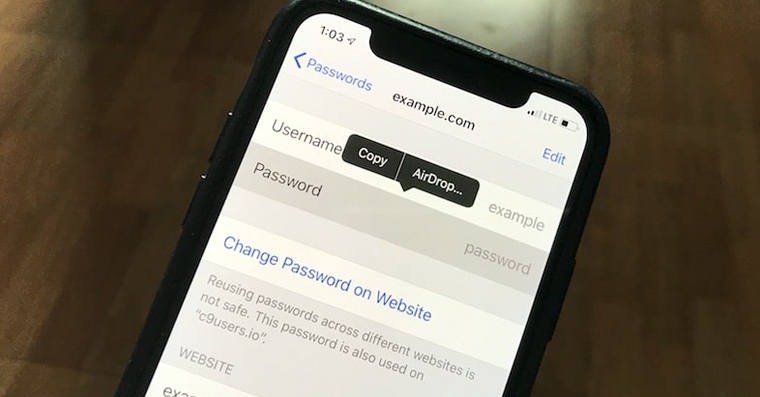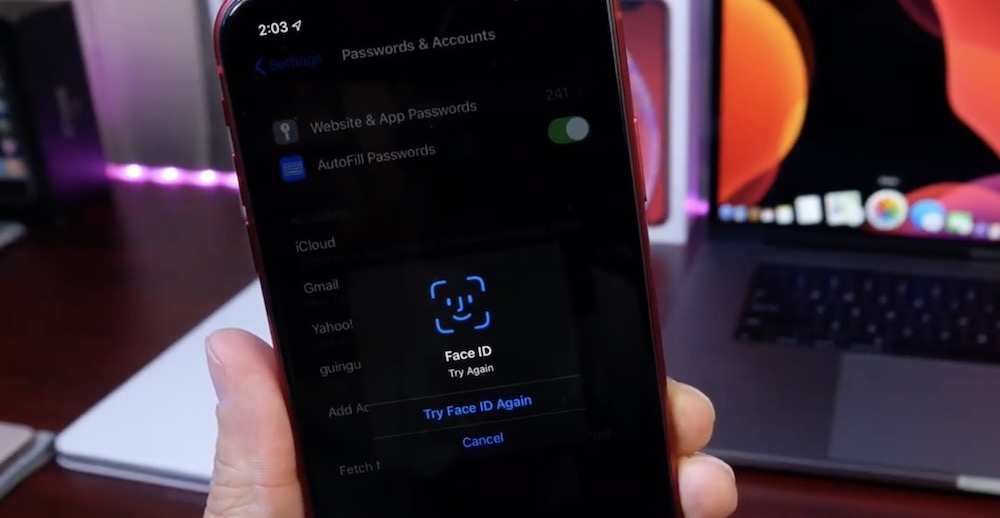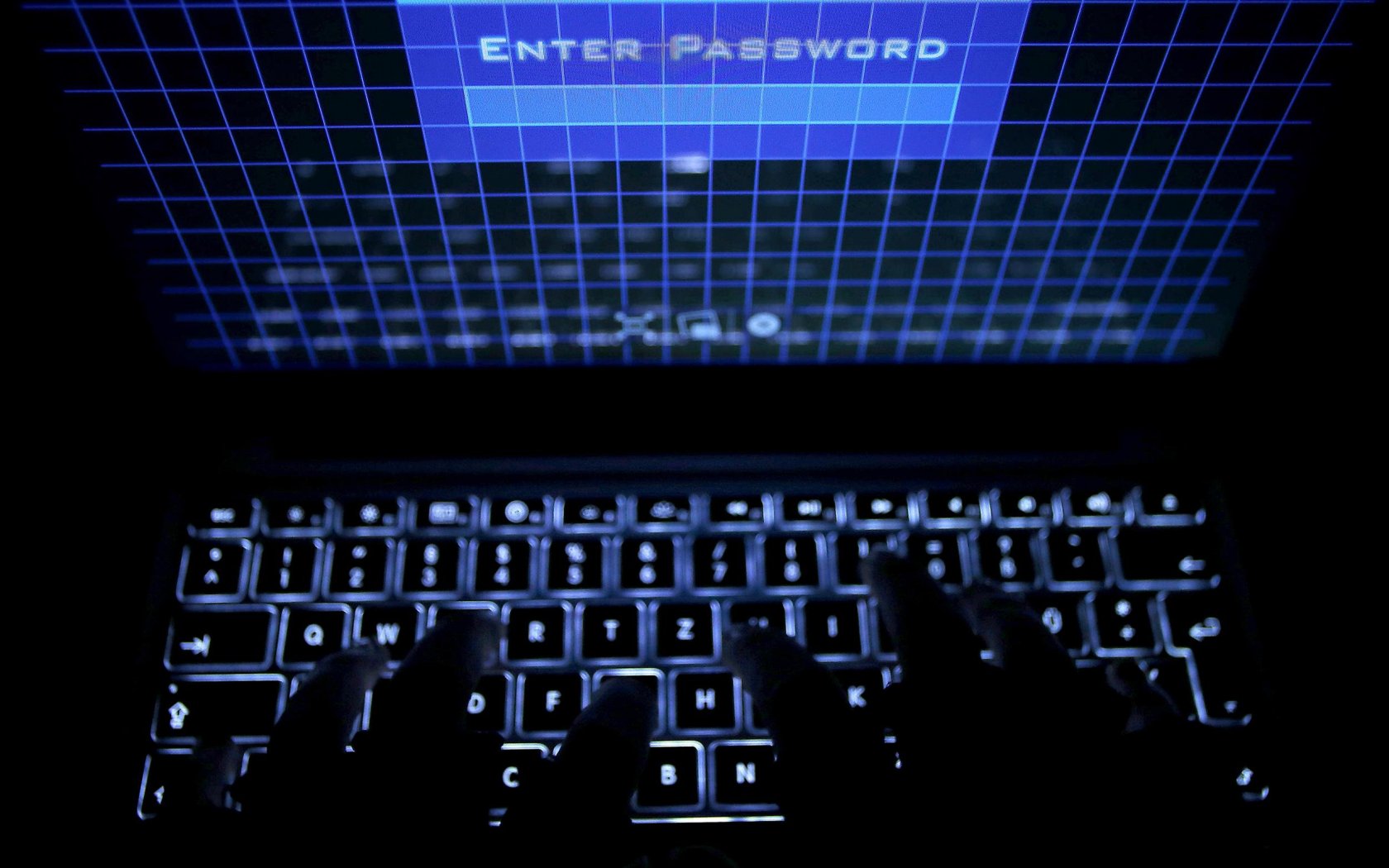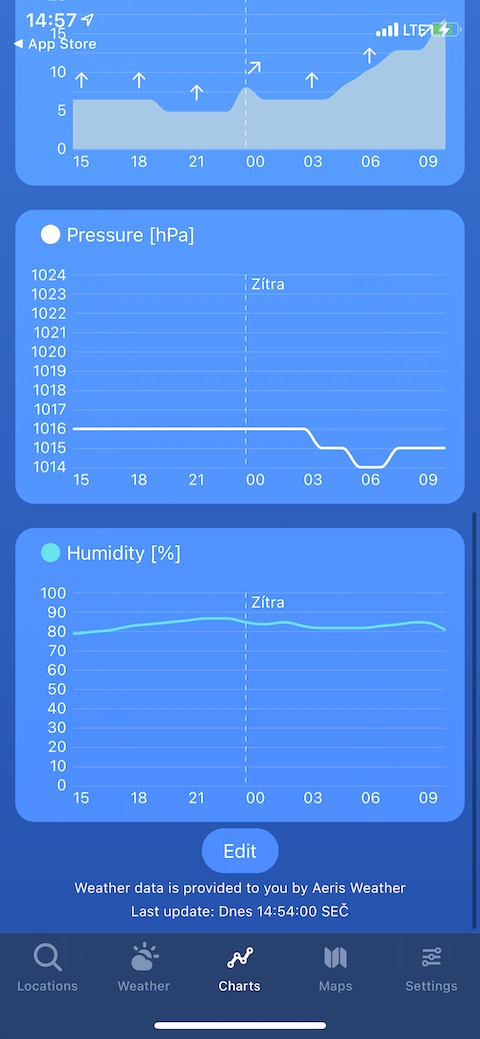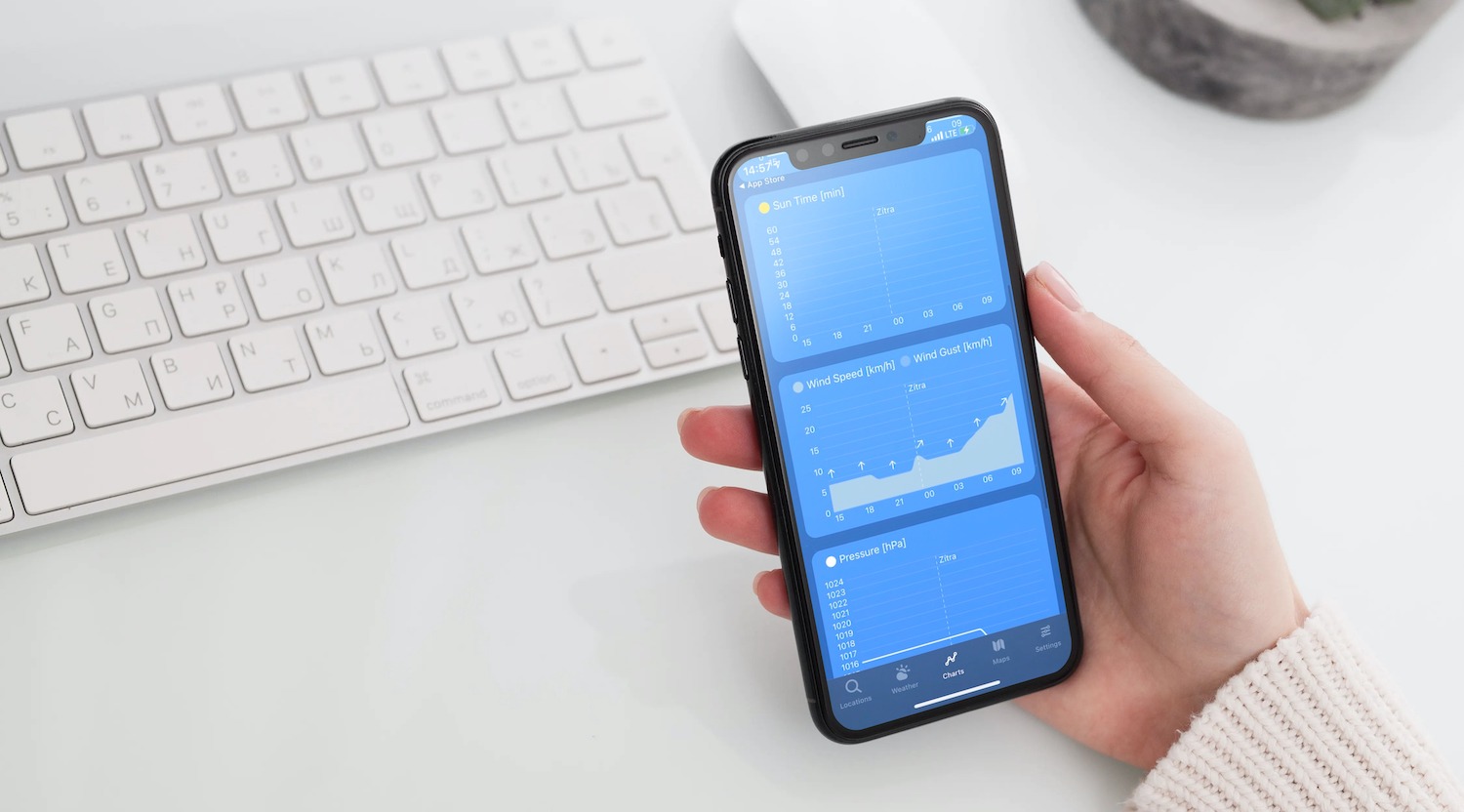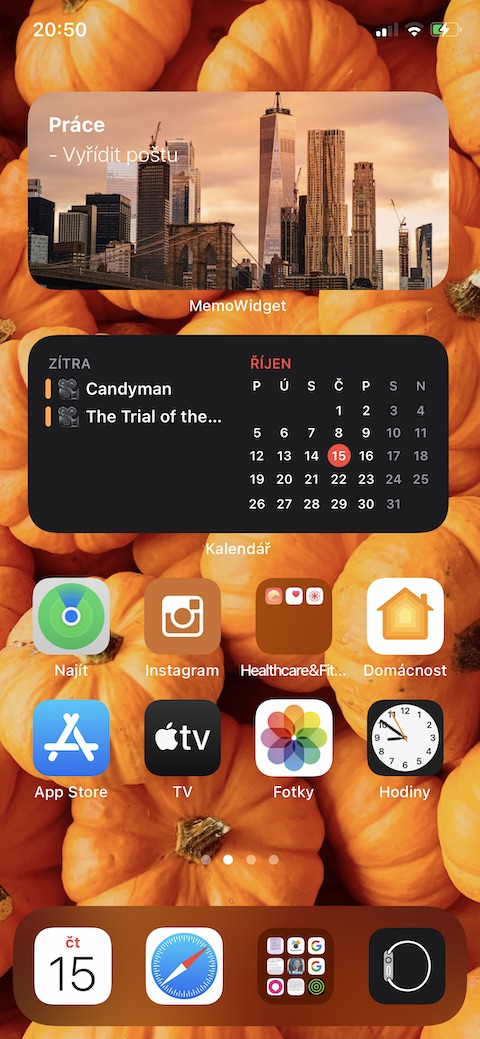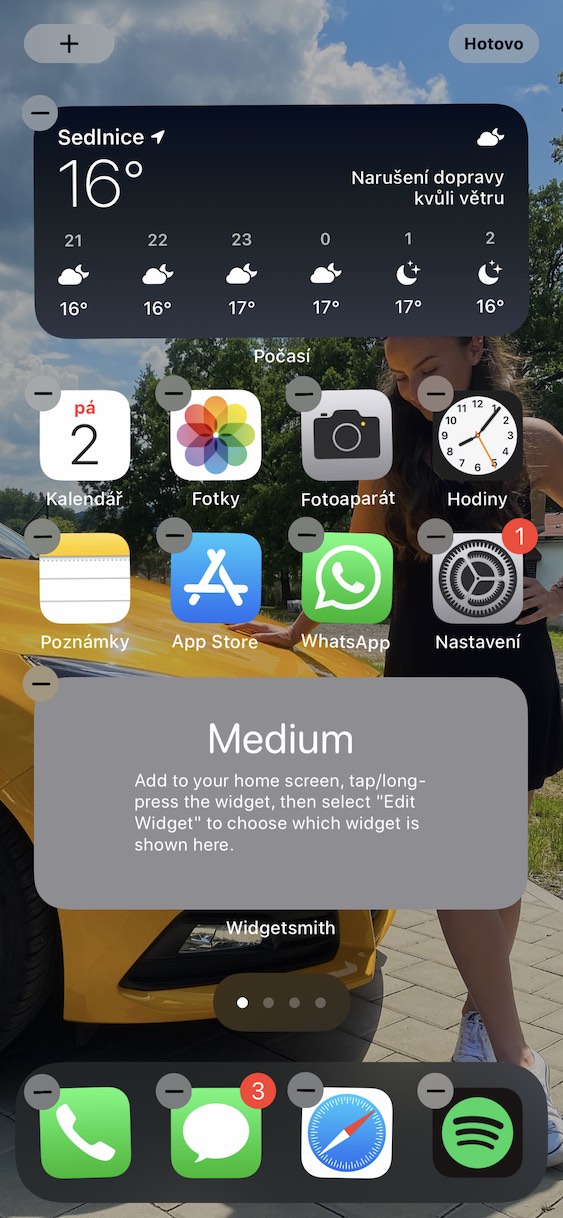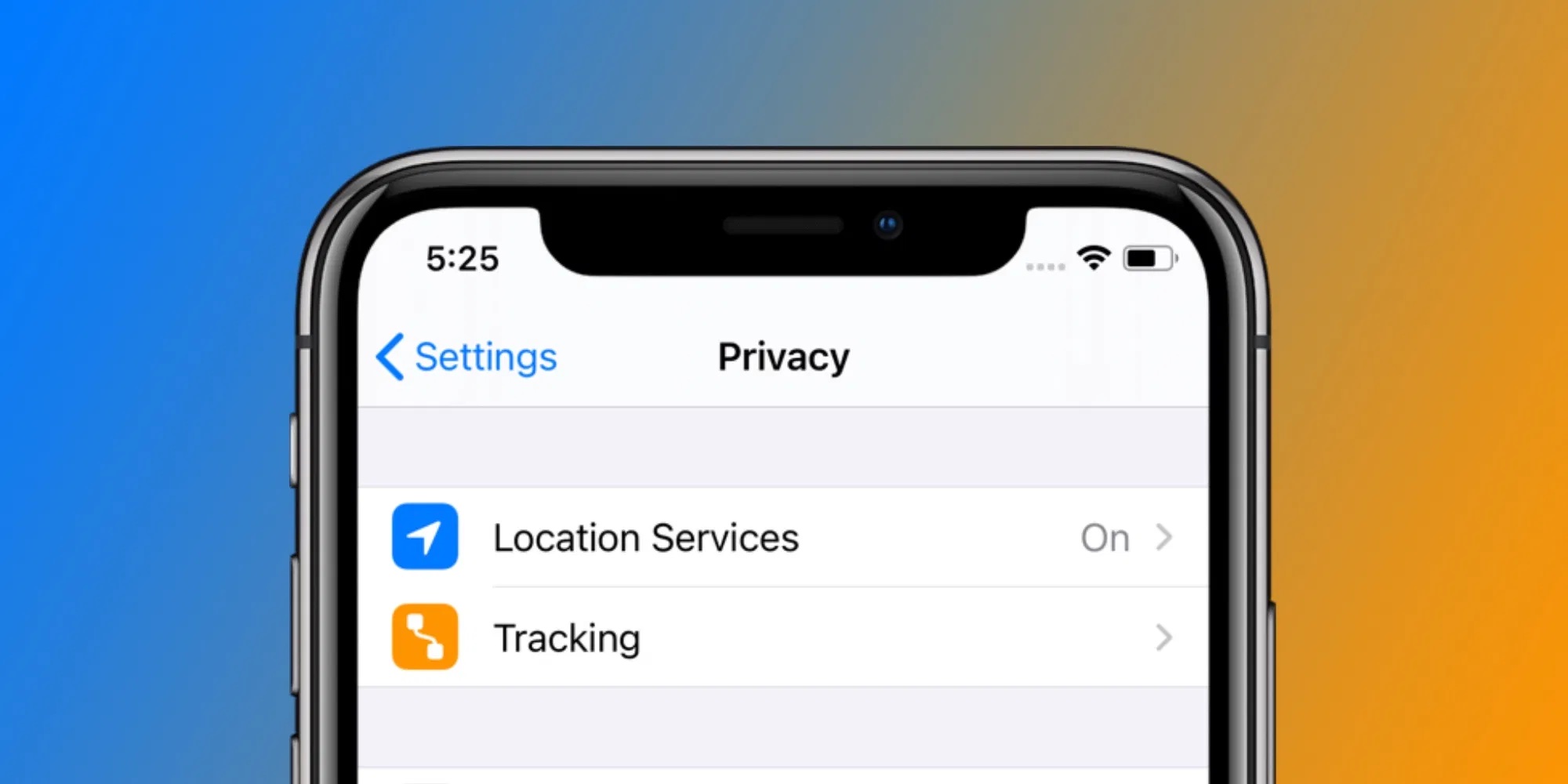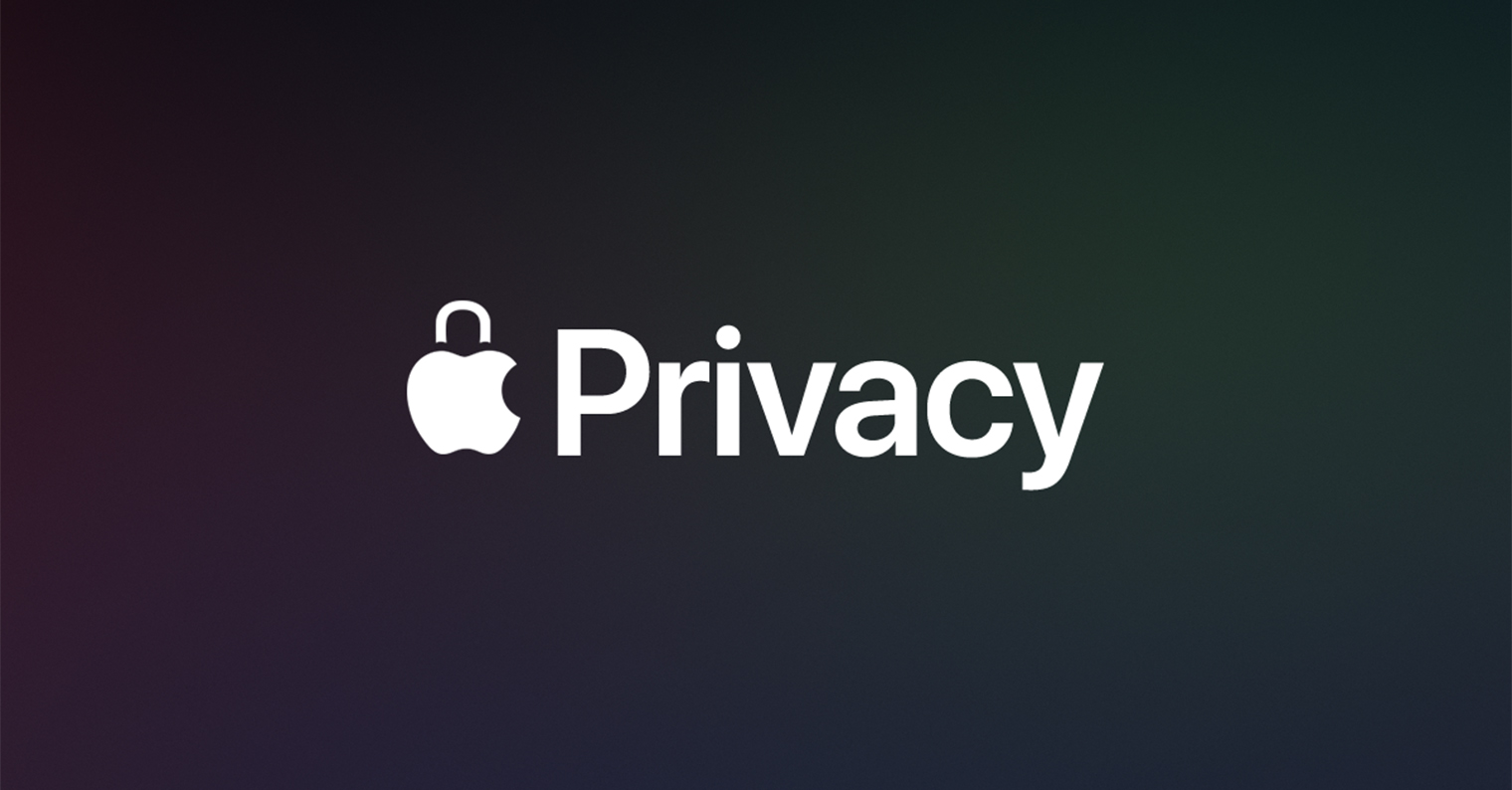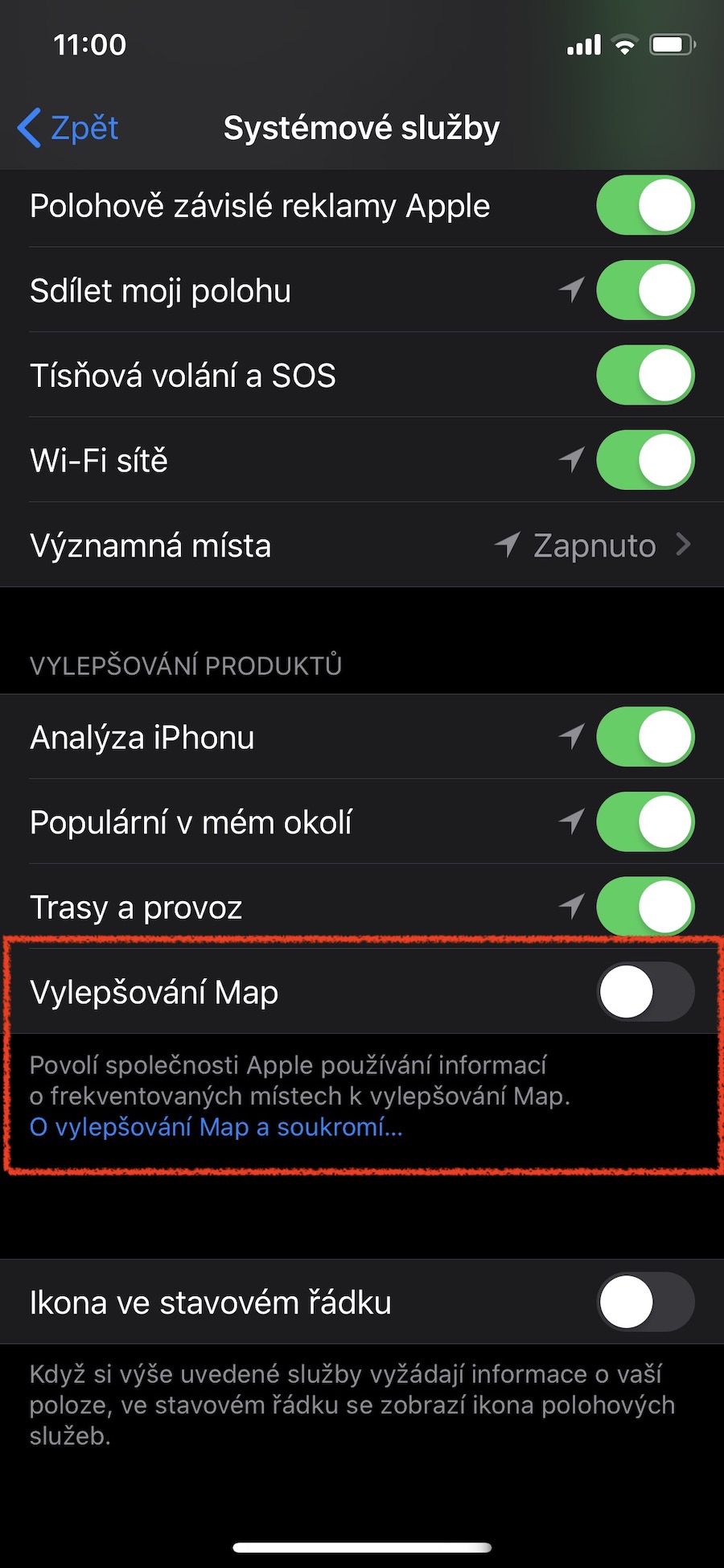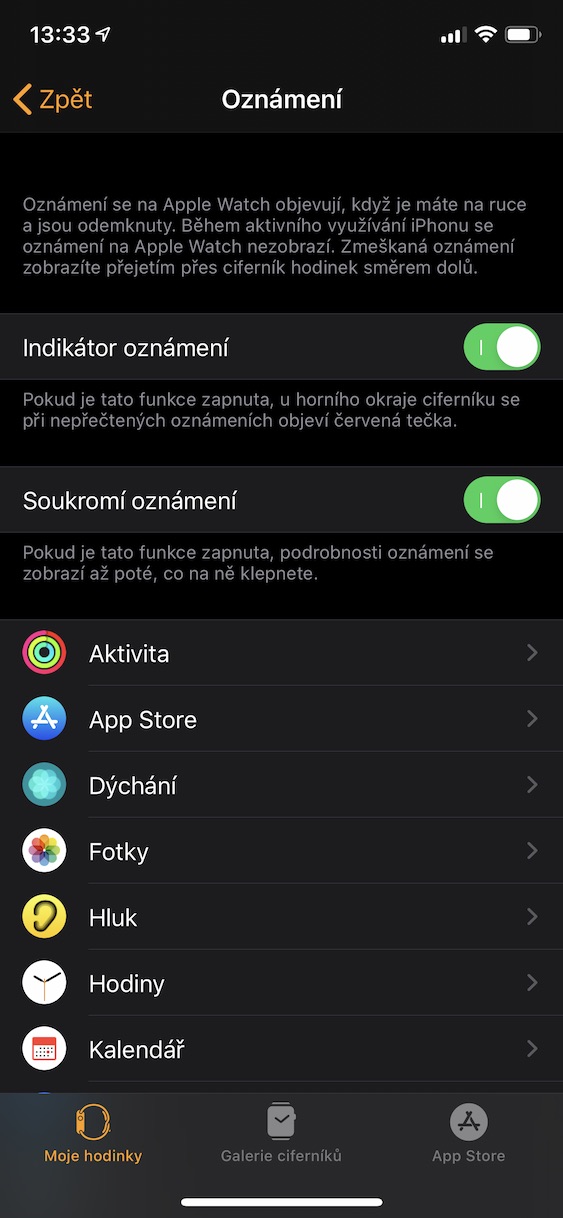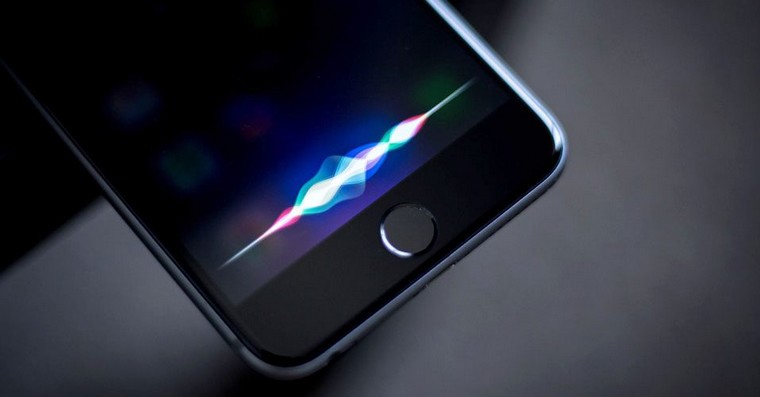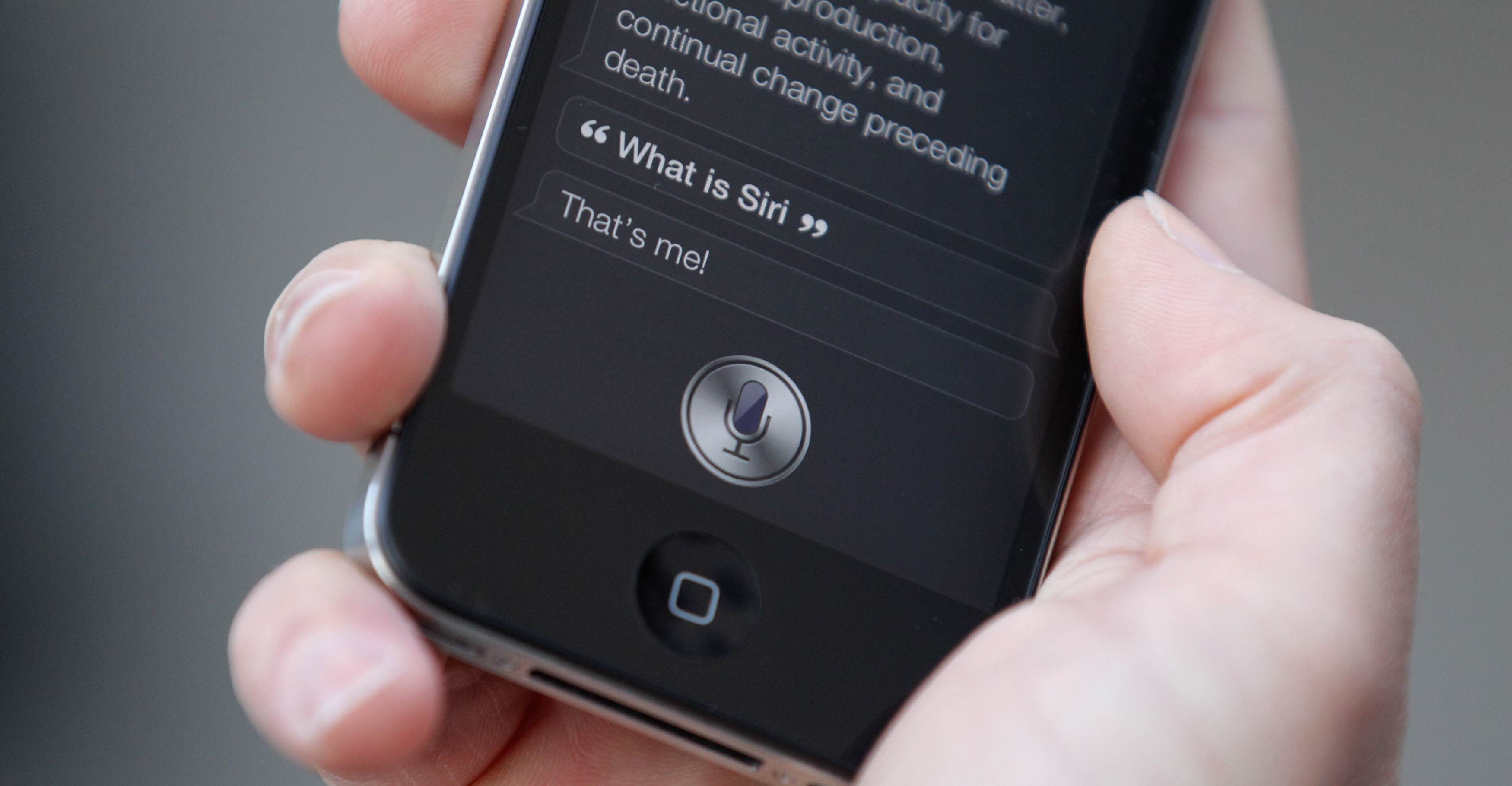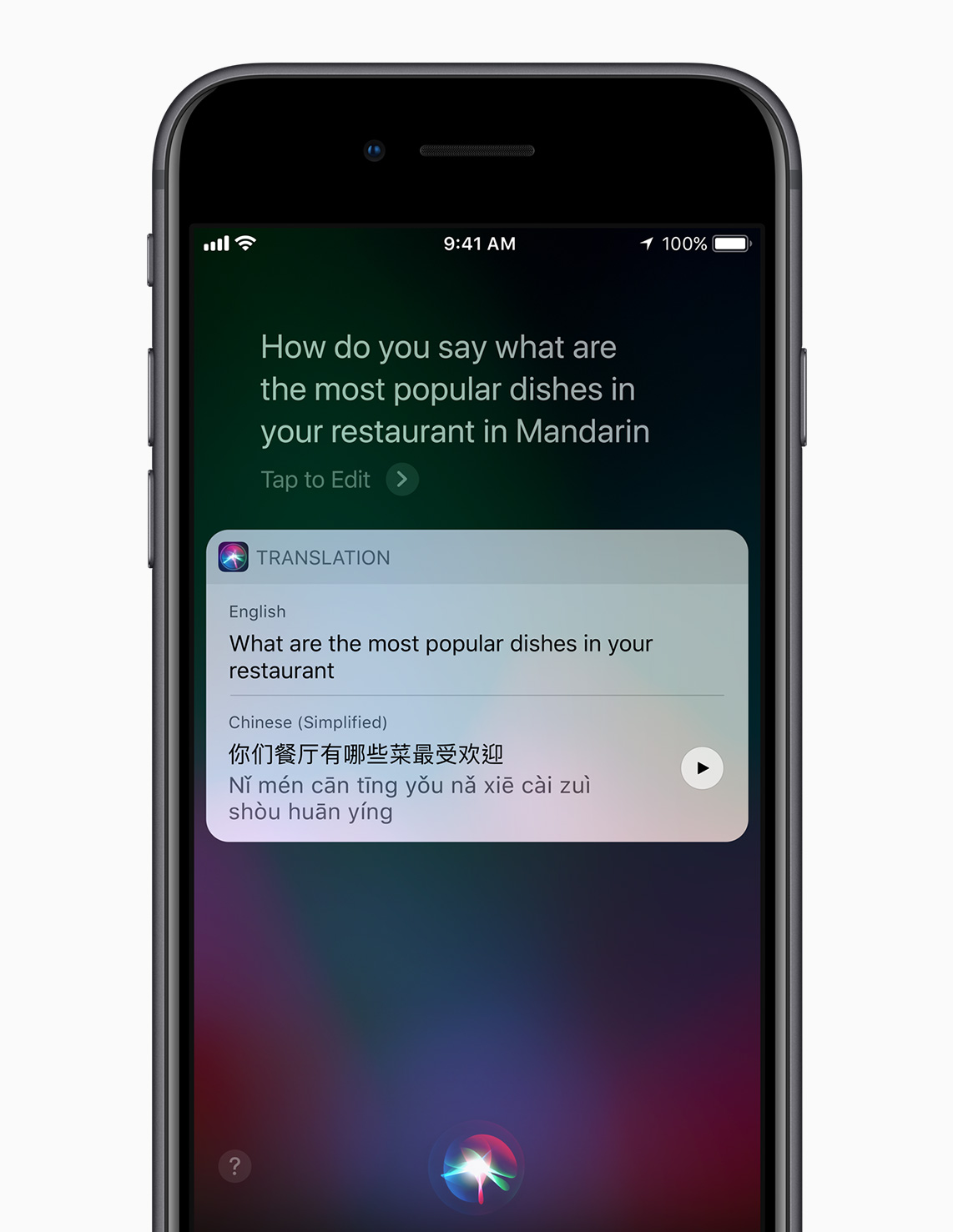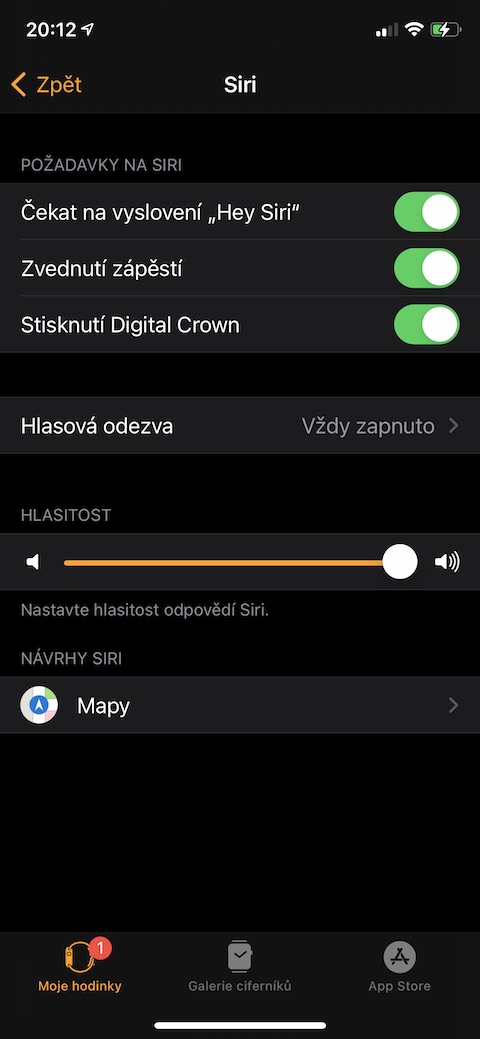This article will be about cybersecurity, which is an increasingly pressing issue, at least as far as cyberspace is concerned. After all, it's not just Trojan horses or other forms of viruses that aim primarily to harm and infect as many clearings as possible. Nowadays, it is a sophisticated software that competes with even the best antiviruses, and one solution simply won't save you. Although in the past few days we have gone through the best and most beneficial applications that will help you secure your iPhone and Mac, now we have prepared for you a list of several tips and tricks, thanks to which you will have a more restful sleep.
It could be interest you
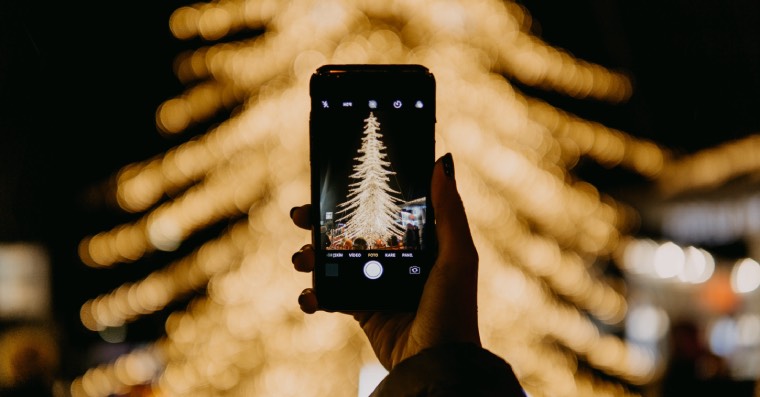
Turn on two-factor authentication and set a strong password
One of the first and most important tips is two-factor authorization, thanks to which you will have to verify your actions, such as logging in, by SMS every time, but it is one of the most practical security layers. An attacker can access your Apple account, but to unlock it, he will need a one-time SMS code sent to your phone. Thanks to this, your privacy is safe, that is, assuming that the person in question did not hack into several devices at once. Although this method is outdated in many respects and biometric authorization plays an important role, it is still the least you can do for your safety. Just head to Settings, choose your profile, select an item password and security and turn on two-factor authorization.
Hand in hand with the additional layer of authorization is the password itself, which is the alpha and omega of the entire security principle. Many people rely exclusively on the mentioned biometric verification, but they do not realize that it is a relatively simple nut to crack. Counterfeiting Face ID or TouchID is demanding in terms of time, but anyone who is interested in it will always find a way. Insuring your own security with a classic password is therefore always more reliable. In addition, there is nothing easier than heading to Settings and select an item Face ID and code whether Touch ID and code. However, we recommend choosing a combination of upper and lower case letters, characters and numbers.
Change your lock screen and limit the use of widgets
Another ideal way to insure your online identity is with a lock screen. Although you may think that if you set up a fiendishly complex password and two different biometric verifications, then you are safe - the opposite is true. It is the lock screen that serves as a kind of backdoor to an attacker and at the same time reveals more about you than you might expect. In addition, this option offers, for example, answering messages, phone calls or notifications, even without unlocking. It is ideal for this eventuality to avoid and if possible disable all features, which are not absolutely necessary for you. We also recommend activating the item erase all data when the iPhone automatically erases its entire memory after 10 failed attempts. These setting options in Settings -> Face ID and code or Touch ID and code.
Widgets, which you can use on the lock screen, are an equally hot feature. Even those can have security holes in them, or worse, they can reveal more information about you than you intended. The alpha and omega are also notifications, which often go out because of widgets, and information is not always kept secret or sufficiently protected. The ideal solution is to head to Settings, select an item Notification, click through to Previews and finally turn on the feature At unlocking or better yet choose an option Never. In the case of widgets, you can customize the lock screen as you like so that you don't have to worry about "public" unwanted information.
It could be interest you

Set app permissions and enable automatic updates
As you probably know, Apple takes the security of apps in the App Store very seriously. It approves each one more or less individually, and almost nothing that could harm users will pass through the network. Even so, it can happen that attackers find a way to the software, so you should be careful. One of the possible solutions to minimize the impact of such an incident is to disable all permissions that the application does not inevitably need. IN Settings, specifically then in the item Privacy, you can assign individual applications whether they can use the microphone, webcam, or, for example, location services.
Of course, it can be argued that many applications really use similar permissions to function properly, however, in this case it is always better to manage permissions individually than to mindlessly click away everything and end up regretting it. The same goes for automatic updates, which you should keep turned on at all costs. In many cases, these are security packages fixing known cracks and bugs. In this case, just head to Settings, open the item App Store and activate Update applications.
Turn off advertising, teach Siri, and set automatic message deletion
The last three tips and tricks that can one day save your imaginary virtual life are relatively simple and banal. The first step is to turn off annoying advertising, or the ability of applications to track your behavior across the entire system and, based on that, recommend something you might like. If you don't want to constantly recommend unnecessary products, we recommend turning off this unwanted function. Again, just head to Settings, Click on Privacy, Advertising Apple and subsequently this option deactivate. In this case, Siri has the same option , where just in the tab Privacy choose Analysis and improvement, where you can sneer possibility Improving Siri and Dictation.
But another key feature of our popular voice assistant is something most customers probably have no idea about. And that is recommending through internet searches. For example, if you save some confidential information, such as about your health, Siri can "pull" it from this file and throw it at you when you search for a similar topic. So is customizing your lock screen and home screen based on what the Apple Assistant is evaluating about you. One way or another, you can turn off similar dangerous, although certainly useful functions. Enough Settings choose Siri and search, where you can choose what to turn off and what to leave enabled.
It could be interest you

